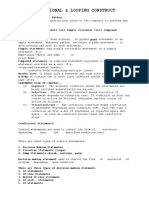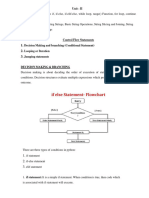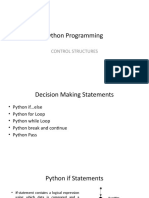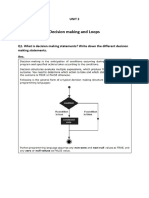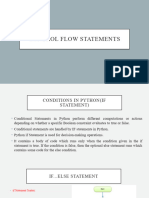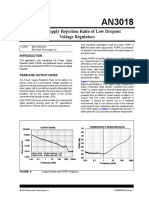0% found this document useful (0 votes)
10 views17 pagesIf, If-Else, If-Elif-Else Statements, For and While Loop
If elif statements
Uploaded by
aint.no.way.bro01Copyright
© © All Rights Reserved
We take content rights seriously. If you suspect this is your content, claim it here.
Available Formats
Download as PDF, TXT or read online on Scribd
0% found this document useful (0 votes)
10 views17 pagesIf, If-Else, If-Elif-Else Statements, For and While Loop
If elif statements
Uploaded by
aint.no.way.bro01Copyright
© © All Rights Reserved
We take content rights seriously. If you suspect this is your content, claim it here.
Available Formats
Download as PDF, TXT or read online on Scribd
/ 17










